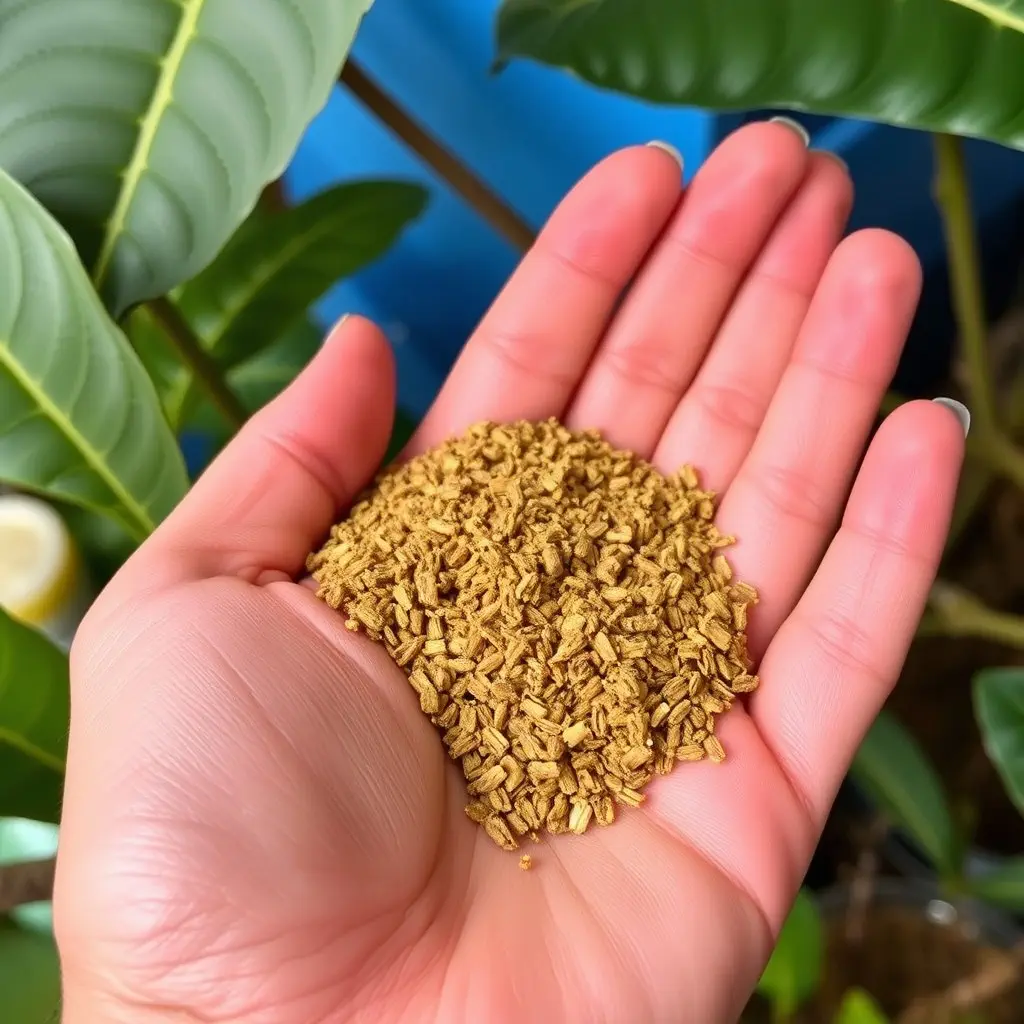Chronic pain significantly impacts quality of life and is a complex condition that extends beyond normal healing times. It encompasses various disorders such as arthritis and neuropathic pain from conditions like diabetes or shingles. With conventional treatments often limited by effectiveness or side effects, patients are exploring alternative therapies, including kratom, an herbal remedy derived from the Southeast Asian Mitragyna speciosa tree, traditionally known as the Egyptian flower tea. Kratom's alkaloids interact with opioid receptors to potentially offer pain relief and psychological benefits. However, its efficacy and safety for managing chronic pain are still under scientific investigation, with a focus on understanding its full range of effects and potential interactions with other medications. It is imperative for individuals considering kratom as part of their treatment to consult with healthcare professionals and be aware of local laws regarding its use, due to the variability in its effects and the need for medical guidance to weigh its benefits against potential risks. The exploration of kratom's role in pain management should be approached as part of a holistic and informed approach to wellness.
Chronic pain affects millions, often leaving sufferers searching for effective management solutions. This article delves into the emerging role of kratom as a natural remedy for long-term discomfort, offering insights from its ancient roots to contemporary pain management strategies. We’ll explore the intricacies of chronic pain and how kratom, historically known as the ‘Egyptian flower tea,’ can be a viable option within a holistic approach. By examining the various strains of kratom, their effects, and how they integrate with other therapies, we aim to provide a comprehensive guide for those seeking alternatives to traditional pain medication. Join us as we navigate the complexities of kratom usage for chronic pain and emphasize the importance of professional guidance in creating an effective and safe management plan.
Understanding Chronic Pain and the Role of Kratom
Understanding chronic pain is the first step in managing it effectively. Chronic pain persists beyond the typical healing time, often lasting months or even years, and can significantly impair an individual’s quality of life. It encompasses a wide range of conditions, from musculoskeletal disorders like arthritis to neuropathic pains resulting from diabetes or shingles. The search for relief leads many to explore alternative treatments due to the limitations and side effects associated with conventional medicine. In this context, kratom has emerged as a potential natural remedy. Known scientifically as Mitragyna speciosa, kratom is an evergreen tree indigenous to Southeast Asia, and its leaves have been traditionally brewed into a tea known as the Egyptian flower tea in some regions. This herbal supplement interacts with the brain’s opioid receptors, offering analgesic effects that can alleviate chronic pain symptoms. Users often report relief from discomfort, with a sense of well-being and improved mood, which are additional benefits associated with kratom consumption. However, it is crucial to approach the use of kratom with caution, as its efficacy and safety in managing chronic pain are subjects of ongoing research and regulatory considerations. Individuals interested in using kratom should consult healthcare professionals to weigh potential therapeutic effects against possible risks and to ensure proper dosing and compatibility with other medications they may be taking.
Kratom, known scientifically as Mitragyna speciosa, has gained attention in discussions surrounding chronic pain management. The leaves of this tropical evergreen tree native to Southeast Asia, commonly referred to as the Egyptian flower tea, have been traditionally used for their potential analgesic properties. When brewed into a tea, the alkaloids present in kratom leaves can interact with the body’s opioid receptors, offering relief from persistent pain. It’s important for individuals considering kratom as a management tool to understand its effects and to use it responsibly under the guidance of a healthcare provider. The tea’s efficacy can vary among users due to differences in strains, dosages, and individual physiology, making personalized advice critical for safe and effective use. Users often report that certain strains, like Bali or Maeng Da, provide significant pain relief when steeped into a tea, but it’s crucial to approach its consumption with caution due to its potential for both therapeutic and adverse effects. As with any alternative therapy, it’s essential to consider the full spectrum of benefits and risks, and to consult with medical professionals before integrating kratom into one’s pain management regimen.
– The Nature of Chronic Pain
Chronic pain is a persistent and often debilitating condition that extends beyond mere physical discomfort. It’s an umbrella term for recurring or persistent severe pain that lasts beyond the typical healing time, which can range from months to years. This type of pain can arise from various sources, including nerve damage, arthritis, past injuries, and other health issues. The experience of chronic pain is deeply individualized, with each person’s sensation and coping mechanisms differing significantly. It’s a complex interplay between physical pain signals and psychological responses to the ongoing discomfort, which can lead to significant alterations in one’s daily life and overall well-being.
In recent discussions within the field of natural pain management, kratom has garnered attention as a potential alternative for those grappling with chronic pain. Kratom, derived from the leaves of the Mitragyna speciosa tree native to Southeast Asia and also known as the Egyptian flower tea, contains compounds that may interact with the body’s opioid receptors. Users report various effects ranging from pain relief to mood enhancement, though its use remains a subject of ongoing scientific investigation and regulatory oversight due to its potential for abuse and dependence. For those exploring holistic approaches to managing chronic pain, kratom might be considered as part of a comprehensive treatment plan under the guidance of a healthcare professional. It’s crucial to approach such alternatives with caution, understanding the legal status of kratom in one’s jurisdiction and the importance of medical supervision when integrating new treatments into one’s health regimen.
In conclusion, chronic pain is a multifaceted issue that significantly impacts an individual’s quality of life. The exploration of kratom as a potential management tool offers promising insights, particularly for those who find traditional therapies inadequate. The Egyptian flower tea, known as kratom, has been traditionally used and is gaining attention in the scientific community for its alkaloid profile that may provide analgesic effects. While research is ongoing to fully understand its efficacy and safety, it’s clear that individuals with chronic pain should discuss this option with their healthcare providers to determine if kratom might be a suitable addition to their management plan. It is essential to approach such treatments with caution and under professional guidance to navigate the complexities of pain management effectively.






